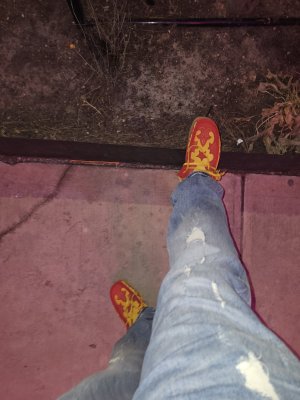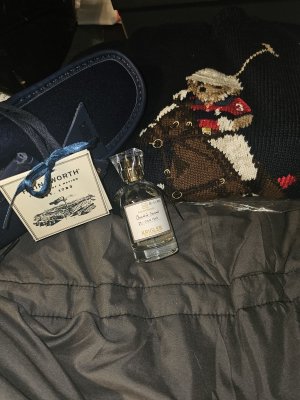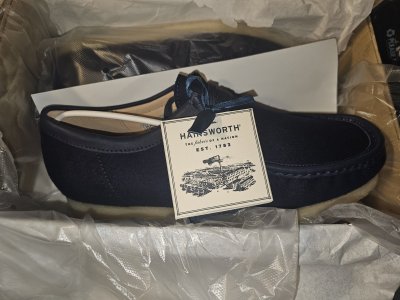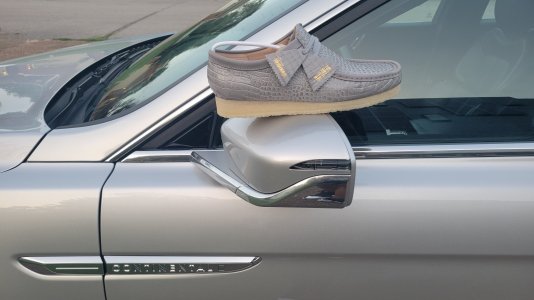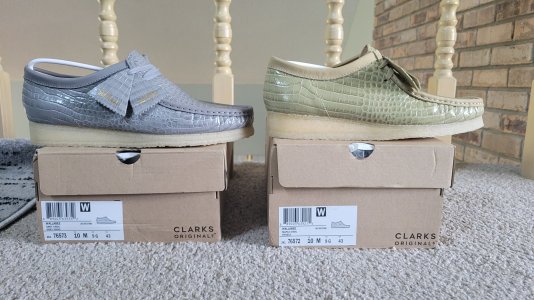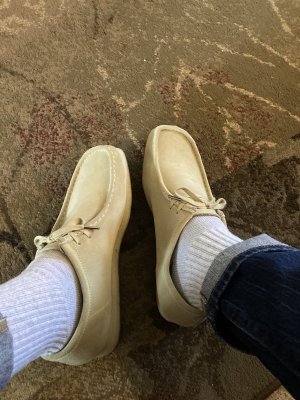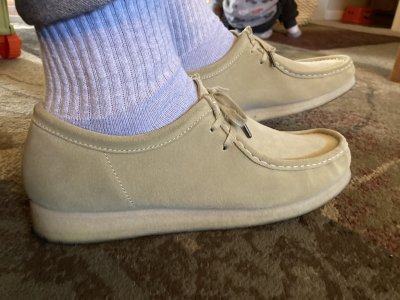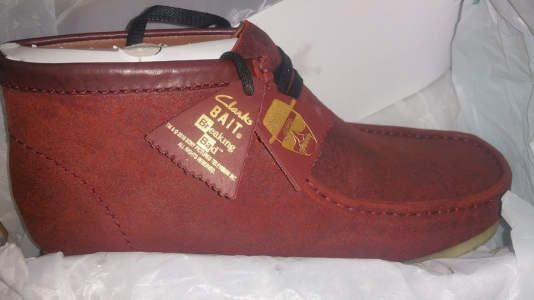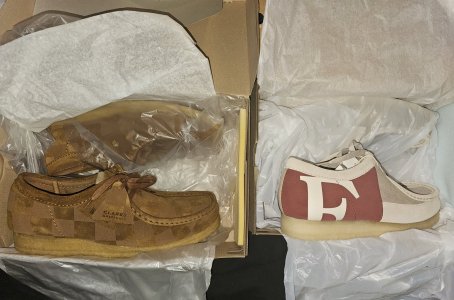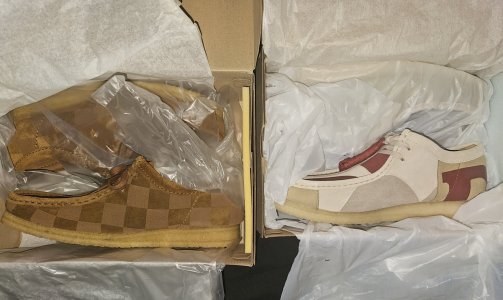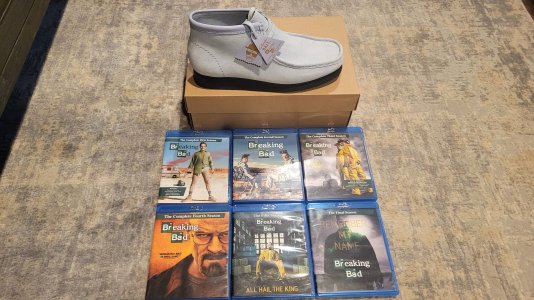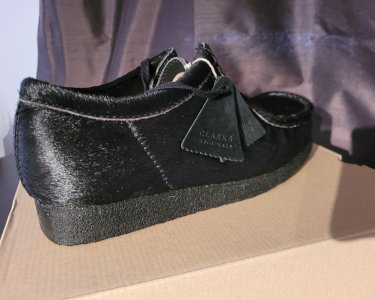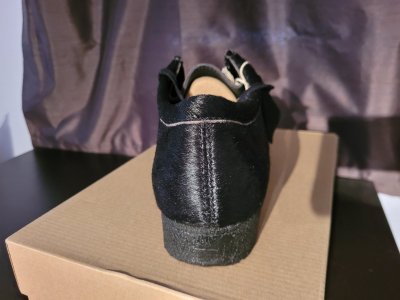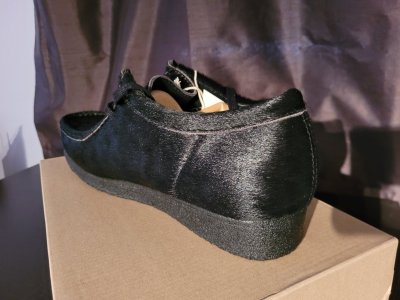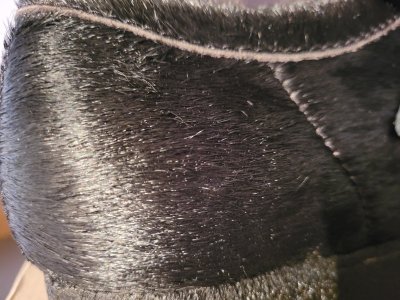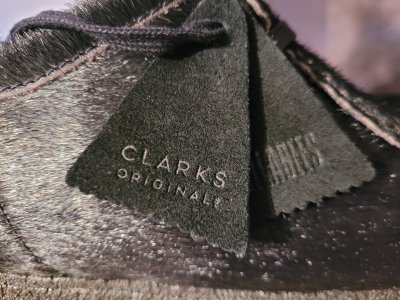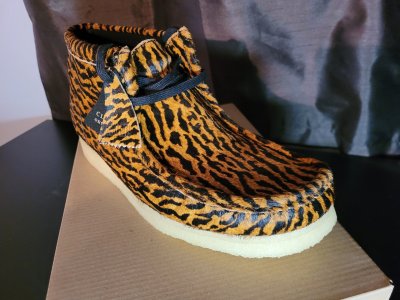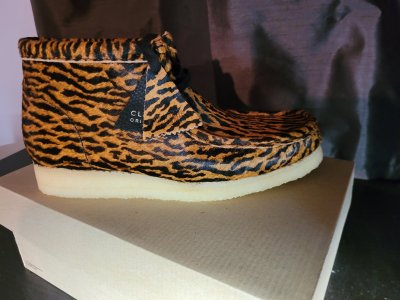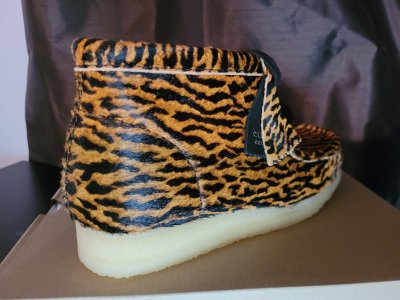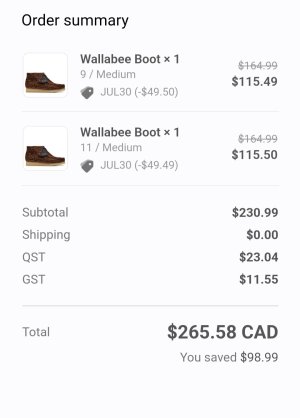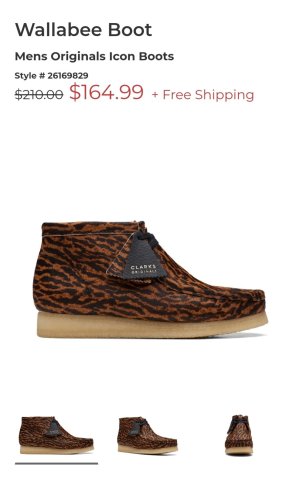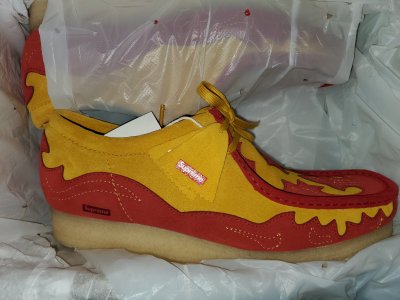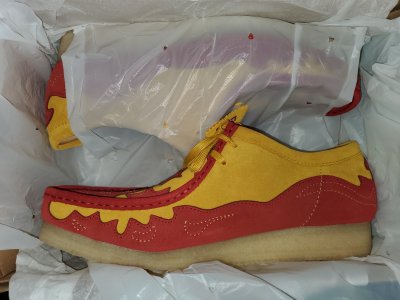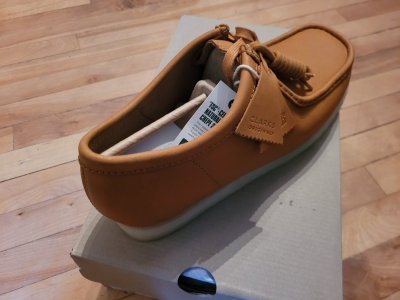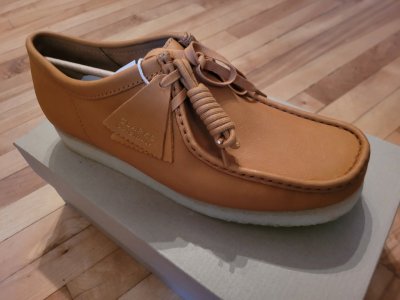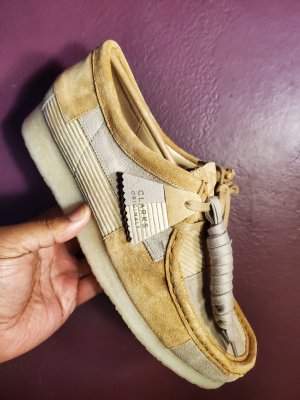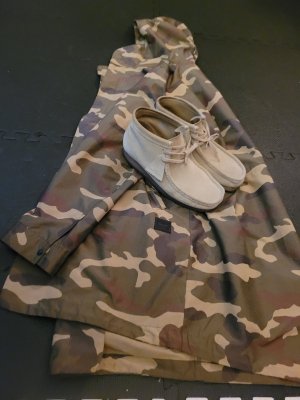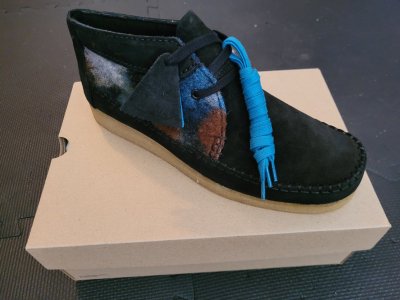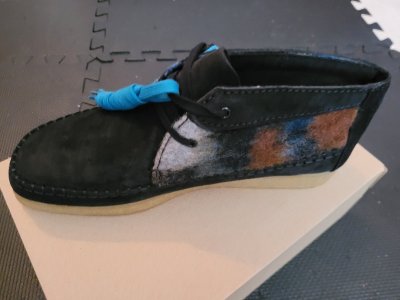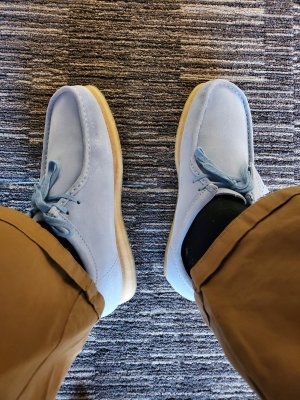[h2]PADMORE & BARNES[/h2]
Article by Noah Johnson
Introduction by Aaron Bondaroff
From SNEEZE NO.2 summer 2008
“GOT TO HAVE STYLE AND LEARN TO BE ORIGINAL.” A QUOTE THAT HAS BEEN STUCK IN MY BRAIN SINCE I WAS A KID: KRS ONE “MY PHILOSOPHY.” A BIG PART OF OUR LIFESTYLE IS TO PLAY YOUR PART CREATIVELY – THIS TAKES STYLE. WHEN YOU HAVE A VOICE AND AN AUDIENCE YOU CAN TRIGGER OFF ORIGINALITY. GHOSTFACE AND WU-TANG BROUGHT THIS PARTICULAR PRODUCT TO A MAIN STREAM LEVEL, VOUCHED FOR IT AND STAMPED IT WITH THEIR APPROVAL. THIS TYPE OF BRANDING IS PIRATING – THEY WERE USING SOMEONE ELSE’S PRODUCT – BUT IT IS ALSO ACCESSIBLE TO THE MASSES. THIS CREATES THE IDENTITY OF THE CULTURE YOU ARE PREACHING. AT THE SAME TIME I CALL THIS TREND-ENDING SINCE THE SECRET IS OUT THE BAG AND ON THE FOOT. A LOT OF CITY DWELLERS AND NATIVE NEW YORKERS WILL PULL BACK ONCE IT REACHES A WIDE AUDIENCE – IT IS THEIR NATURE TO BE ON TOP AND FIRST. THIS IS ALRIGHT, BECAUSE ONCE THE SMOKE CLEARS THE STYLE AND STUDY MASTER WILL STAND BY THE PRODUCT AND KEEP EVOLVING CLASSIC STYLES IN MODERN DAY FASHION.
They are in a way the anti-sneaker and are today as they have always been: sensible shoes, casual shoes. Comfortable, understated, and free of extraneous embellishments. No logos, design flourishes, technological advancements, just sheer comfort and style. Designed for walking, not fashion, not sport, not breaking necks. The original Wallabees, hand-made in Ireland by Padmore & Barnes, remain untouchable classics.
Different people will tell you different things, but Frank Bryan, general manager and director for Padmore & Barnes in Ireland, is the most concise with his answer when he says quite simply, “We made the best shoes in the world.”
The original Wallabee was designed after a German shoe made by a company called Viking. In 1967, Padmore & Barnes, under the ownership of Clarks, began to produce their own version of the shoes, then called Grasshoppers. When the shoes were launched in the U.S., Paddy Roberts, then the managing director and current owner of P&B, realized that the Grasshopper brand name was already registered and was therefore off limits. He came up with the name Wallabee (Wallaby was also a registered name at the time) and the rest is history. From 1967 onwards Padmore & Barnes exported to 29 countries and made 25,000 pairs per week. In addition to the original, many different Wallabee styles were created by the in-house design team at P&B. The P500 Plaintoe, Weaver, Natalie, Side-Lace, and other variations of the crepe-soled original Wallabee were produced. All classics.
For twenty years Clarks had their Wallabees exclusively produced by P&B in Ireland, until Clarks felt that going forward, the production of footwear in the UK would not be financially viable. “Commercially the decision by Clarks to produce their Wallabee in China was correct,” states Bryan. “[P&B] could not have coped with the production levels that were required…and our costs were a lot higher than China.” P&B negotiated a buyout from Clarks along with a licensing agreement for the use of the Clarks Wallabee brand from 1987 to 1997 — an agreement that excluded all of North America. Clarks subsequently moved all Wallabee production to China and Vietnam, while Wallabees for the rest of the world were still produced in Ireland under the Clarks name by P&B.
At this point, consumers in Japan, Europe and the UK continued to enjoy the quality, comfort and style of handmade Irish Wallabees from Padmore & Barnes, while North American customers were shipped the new and modified versions made in China. “The Chinese production of the Wallabee was really a copy and very little effort was made to recreate the original product,” says Bryan. “The last shape was wrong and the fitting was wrong. The success of the original Wallabee was very much about the shape and the fit.” For example, the toebox on Irish Wallabees has a lower profile and follows more closely the shape of your foot. According to Bryan, “Irish craftsmanship has been unsurpassed when it came to producing this style.” P&B trained people all over Ireland to hand stitch the uppers of their shoes. They sent out trucks to towns across the country — they’d distribute unstitched leathers and pick up the finished ones. “Many families would sit watching TV at night and earn money from hand stitching,” says Bryan.
In 1997 when their licensing agreement expired, P&B was able to continue on without the Clarks Wallabee name, releasing shoes under their in-house Erlandia and Padmore & Barnes brand names in addition to numerous collaborative projects with other brands and retailers. “Our strong customer base in Japan decided that they did not want Chinese made shoes and wanted the Irish made shoes,” says Bryan. “At this point I went on a quick sale mission to Japan.” There Padmore & Barnes made partnerships with companies such as United Arrows, Watanabe & Co., Highbridge and SOMH, who specifically wanted their shoes made by Padmore & Barnes in Ireland. “Based on our success in Japan, a lot of international shoe buyers and range builders were keeping an eye on what was happening,” says Bryan. Since production of Clarks Wallabees moved wholesale to Asia, P&B remained the only place to go for the handcrafted originals, and brands like Paul Smith and Supreme began to contact P&B with requests to make authentic original Wallabee styles for them.
“I always loved and wore Clarks, but only the original ones that were handmade in the UK,” says James Jebbia, founder of Supreme. “The shape and quality changed once they switched production to China. All kinds of cool people in New York wore them, young to old, nerds, skaters, rappers, teachers, dentists, etc. They were comfortable, looked fresh and were of great quality. To me, the original Wallabees and desert boots are classic staples, they never go out of style, similar to a Chuck Taylor or a Vans Era. Once they started making them in China you could no longer find the good original ones. It was on a trip to Tokyo that I found some older ones with a Padmore & Barnes label. When I got back home I simply contacted them to see if they would be down to do some styles for [Supreme].” Jebbia wanted his shoes made using the original lasts and same high quality materials that Padmore & Barnes were known for.
“We were approached by James from Supreme in 2000 and he traveled from the U.S. to GDS [shoe trade show] in Düsseldorf for a meeting,” recalls Bryan. “James was wearing original Wallabees. He knew what he wanted and we had it.” Padmore & Barnes supplied various original Wallabee styles to Supreme including P500 Plaintoes and a new style created for Supreme called the M345 Sahara Boot, in a variety of suede and leather treatments. They sold for around $150 a pair, about 50% more than the Chinese production shoes, a price many customers in the U.S. weren’t willing to pay at that time. “What people didn’t realize though was that the original Wallabees were always pretty expensive. Being hand-made and using great quality materials doesn’t come that cheap,” says Jebbia. “So, even in the 80’s they were around $150 a pair. People who knew what was up appreciated them though, so that was cool.”
Aaron Bondaroff, longtime Supreme employee, former aNYthing store founder, and current head of Off Bowery Productions in New York chimes in. “At this time Supreme was one of the only brands — homegrown from the streets — that was pushing products and independent styles. Supreme was and has been an educational tool for start-up companies and DIY movements with a visionary like James and a crew of stylemasters, skaters and hustlers. It was a perfect match of original products and unforced placement. People who knew P&B were stoked and got their shoes and extra pairs to store. Others who just respected Supreme and was drawn to the simple style of it purchased them and came back weeks after ranting about how amazing and comfortable they were and would buy another pair. There wasn’t that many people at this time that were such fanatics of Supreme and had knowledge of P&B. People didn’t catch on till the factory shut and the three styles came out with Supreme.”
With their success in Japan and the association with Supreme, P&B had entered into an area outside their traditional market. “We went to visit a Supreme store in Tokyo and we were blown away by the reaction to us and our product,” Bryan said. “I believe at this point we realized that we were in a new ball game.”
The Supreme partnership introduced many people stateside to P&B. Bondaroff recalls the first release of the shoes in New York, “It was cool to see all these skaters, dirt bags, late night party-goers and this small creative scene rocking shoes all of the sudden. We went from dirty skate kicks during the day with holes and torn spots from shredding all day, to slipping into the shoes around 7pm for the second half of the day – the night shift.” Thanks to Supreme, New York’s skateboarders had a shoe that became part of their identity. “Pack of ten maniacs strolling the city,” he added, “profiling and causing ruckus and all wearing crispy shoes, we would turn heads on the street daily.”
Despite a growing fan base and requests for collaboration from retailers around the world, P&B left a gaping void in the legit casual shoe market when it stopped manufacturing shoes in 2003. “The decision to close the production unit in Kilkenny was forced upon us by dwindling sales. We are all shoe men first, and this decision was one of the toughest business decisions we ever had to make,” Bryan recalls. Since that time, the company has continued on, but only in name, as a retail department store in Kilkenny, Ireland.
People seeking pairs of the originals in recent years have had to resort to searching online auction sites. However, P&B’s clean white boxes have made some unexpected re-appearances. Union, Stussy and Red Five SF eventually sold out of the P&B-made Killa Shoe Co. stock they had from 2001. Supreme made their backstock of P&B’s available in early 2007 at their first ever warehouse sale in New York and at the aNYthing Gangstore in fall 2006. “When I opened my shop [aNYthing], Supreme still had backstock, and I wanted something from this brand…James always liked this product and knew at this time I had a strong art based and weirdo crowd that would circulate around our projects and appreciate this product. We re-released them at my shop showcasing all three styles together. There weren’t many shoes left, but they were highly appreciated by the scene,” Bondaroff said. “I still see people wearing them and most of these shoes are worn out and dirty, but when people pull them out they always look fresh and I turn my head.”
For those longing to see Padmore & Barnes return to shoemaking, there is some solace in the fact that the old P&B plant that made the original Wallabees is still intact in Kilkenny, Ireland. But these days it’s the skills needed to make the shoe that are lacking. “We have looked at going back into manufacturing, but we have been unable to find a partner factory who could manufacture to our standards,” Bryan said. “The search continues!”
FUNNY HOW THE TABLES TURN. AS WE GET OLDER, WE CARRY OURSELVES A LITTLE BIT DIFFERENT. THERE WILL ALWAYS BE A DEMAND FOR A SIMPLE AND WELL MADE SHOE THAT TRANSLATES ON THE STREETS AND CAN BE WORN BY THE STREETS. IT REMINDS ME OF THE MALE VERSION OF THE EASY SPIRIT LADY SHOES FROM A WHILE BACK. THEIR MOTTO WAS “LOOKS LIKE A PUMP FITS LIKE A SNEAKER.” [emoji]9824[/emoji]






